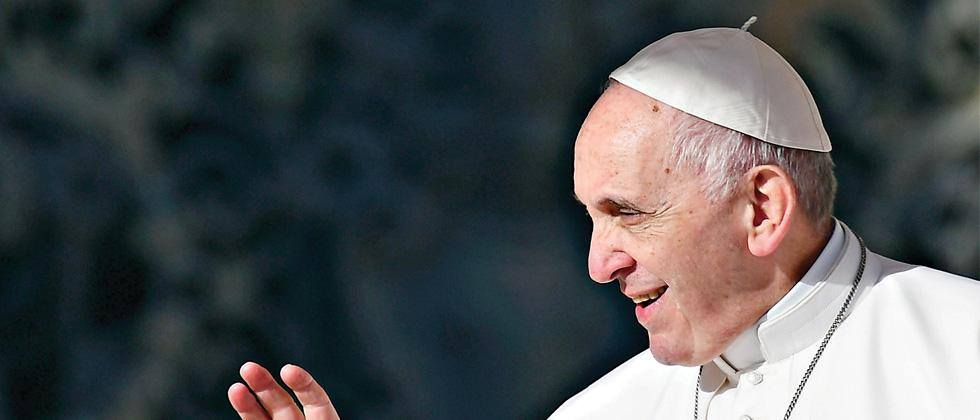Papal visit to Bangladesh and Myanmar brings hope for minorities
The tour of Pope Francis to Bangladesh and Myanmar next week has raised hopes of Catholics as well as other communities in these two nations. The visits are taking place at a time when both nations are witnessing strife in the form of the Rohingya crisis.
Pope Francis will visit Myanmar from November 27 to 30 and will tour Bangladesh from November 30 to December 2. A large number of Catholics in both countries are expected to attend the religious services and other public functions. In Myanmar, the Catholic Church has been making preparations for pilgrims in collaboration with other faiths.
Buddhist monasteries and Protestant and Catholic churches will provide shelter for visiting Catholics during the papal visit. The Yangon Sangha Buddhist community has offered their halls to be used as shelter for pilgrims.
A public mass to be celebrated by the Pope in Yangon on November 29 is expected to be attended by over 1.5 lakh Catholics and people from other faiths. Incidentally, a month before, Aung San Suu Kyi’s National League for Democracy (NLD) had held an interfaith peace prayer rally across the country. Catholic priests, nuns and laypeople had taken part in the rally held on October 10.
Over the last two months, more than 600,000 Rohingya Muslims have fled Rakhine state of Myanmar to neighbouring Bangladesh, the next destination of the Pope’s tour. This is the third time a pope is visiting Bangladesh. Pope Paul VI had visited the then East Pakistan in 1970 for a few hours to sympathise with the victims of a cyclone that time. Pope John Paul II had visited the country in November 1986.
Pope Francis is scheduled to meet Bangladesh Prime Minister Sheikh Hasina and President Abdul Hamid. The pontiff’s itinerary includes a public mass at Dhaka where he will ordain 16 priests. Incidentally, the Vatican was among the first states to recognise Bangladesh soon after its independence from Pakistan in 1971.
As in the past, the papal visits to Myanmar and Bangladesh are not devoid of controversies. The Rohingya Muslims issue, referred to as ethnic cleansing, is very sensitive in Myanmar and the local Church authorities have apparently advised the pontiff to avoid references to the crisis to avoid a backlash against the local Christian community. Right wing elements in Bangladesh too will be keeping a close vigil on the Pope’s utterances and actions during his visit. Nonetheless, there is hope that the papal visit will usher in more religious freedom and better treatment to the minorities, both in Myanmar and Bangladesh.
Why does India visit remain elusive?
Last year, Pope Francis had said that his visit to India and Bangladesh were ‘almost certain’. This had immediately led to some activities behind the scene between the Vatican, Catholic Church in India and the Indian government to realise the papal wish. Minister for External Affairs Sushma Swaraj had also personally met the pontiff when she led the Indian contingent to the Vatican for Mother Teresa’s canonisation at St Peter’s Square in September, last year. The Pope, besides being the spiritual head of the global Catholic Church, is also the head of the Vatican City state and therefore as per the protocol, needs formal invitation from the government authorities for his tours. While the government authorities in Myanmar and Bangladesh took the necessary initiatives in this regard, the Indian government has not shown that much enthusiasm. The Sangh Parivar has always opposed papal visits to India. Non-inclusion of India in the present Asia tour of Pope Francis could be attributed to this factor.he tour of Pope Francis to Bangladesh and Myanmar next week has raised hopes of Catholics as well as other communities in these two nations. The visits are taking place at a time when both nations are witnessing strife in the form of the Rohingya crisis.




